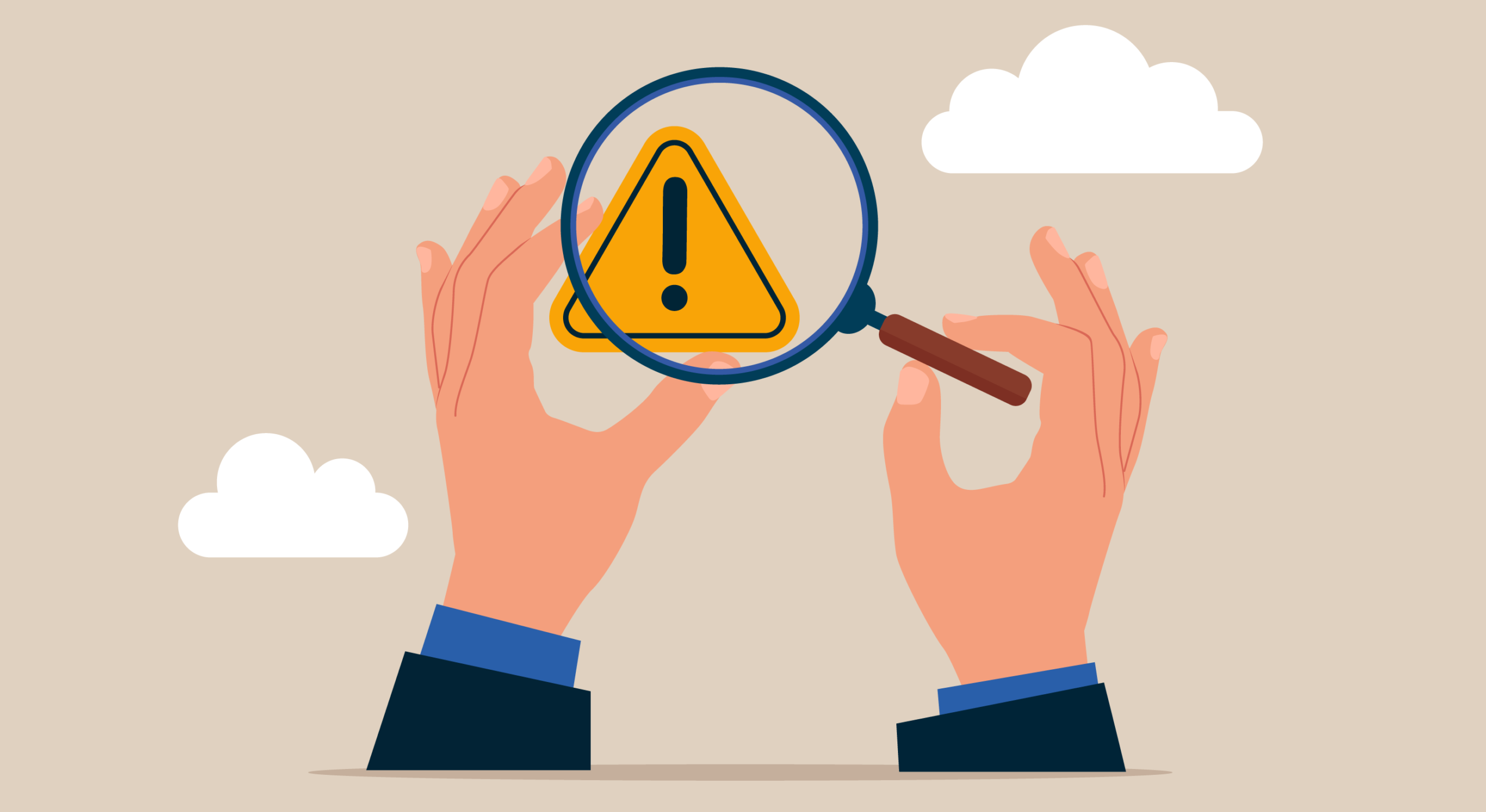The ability to identify, manage, and navigate crises is vital for success. But what exactly is a crisis?
In its most obvious forms, a crisis is a significant, unpredictable event or series of events that threatens the normal operations, reputation, financial stability, or overall well-being of an organization. These events can include external factors such as economic downturns, natural disasters, regulatory changes, or internal factors like management missteps, product recalls, or data breaches.
But really, a crisis is anything that threatens your ability to operate normally. For large multinational companies, a crisis might be as big as a disruption to computer systems that prevent it from operations. To a small, local company, it could be as small as a negative Google review.
Crises can take on various forms, from sudden incidents to slow-burning challenges that build up over time. They can impact every facet of an organization, disrupting processes, straining resources, and challenging leadership’s ability to make informed decisions under pressure.
While crises are undoubtedly disruptive, they also present opportunities for growth and improvement – and for deepening relationships with important stakeholders. Organizations that effectively manage crises often emerge stronger, having learned valuable lessons about adaptability, strategic planning, and stakeholder engagement.
Crises are not a matter of “if,” but “when.” In the 2021 PWC Global Crisis Survey, 95% of respondents said their crisis management capabilities need improvement and 30% said they didn’t have a designated core crisis response team in place.
A fundamental function of risk management is being able to anticipate and prepare for crises. Having a good risk assessment tool and crisis response plan are the first steps toward being ready when a crisis happens. Organizations with strategic crisis response plans can react quickly to stabilize business operations and respond to the impact of disruptions.
At Novitas Communications, we are experts at predicting, identifying, and responding to crises of all types and sizes. Contact us today and let us help you assess your crisis exposure and be ready to react when the inevitable crisis does occur.
Stay on the lookout for our next post about tips for creating a crisis simulation to help you prepare and be ready to respond when a crisis happens.
Financial Crisis
A financial crisis refers to a disruption in financial systems, often characterized by a sharp decline in asset prices, liquidity shortages, and economic instability. It can also be triggered by internal factors, such as an executive embezzling money or engaging in fraudulent activities, resulting in severe financial mismanagement.
Example: Enron (Early 2000s). The Enron scandal in the early 2000s involved executives manipulating finances, concealing debt, and inflating profits, leading to bankruptcy and massive losses.
Operational Crisis
An operational crisis involves disruptions in an organization’s day-to-day operations, potentially leading to reduced efficiency, increased costs, and customer dissatisfaction.
Example: Deepwater Horizon Oil Spill (2010). A massive offshore oil rig explosion resulted in one of the largest environmental disasters in history, causing loss of life, extensive environmental damage, and significant financial losses for BP.
Reputational Crisis
A reputational crisis occurs when an organization’s image and public perception are significantly damaged, often due to scandals, unethical behavior, or negative media coverage.
Example: United Airlines Passenger Removal (2017).A video showing a passenger being forcibly removed from a United Airlines flight sparked outrage and led to a public relations disaster for the airline.
Technological Crisis
A technological crisis arises from failures or disruptions in technology systems, networks, or products, often causing widespread service outages and customer dissatisfaction.
Example: Facebook Outage (2019). A technical glitch left Facebook and its affiliated apps inaccessible for hours, impacting millions of users and highlighting the reliance on social media platforms.
Natural Disaster
A natural disaster crisis involves events like earthquakes, hurricanes, floods, or wildfires that cause widespread destruction, loss of life, and disruptions to communities and businesses.
Example: Tōhoku Earthquake and Tsunami (2011). An earthquake and subsequent tsunami in Japan led to a nuclear disaster at the Fukushima Daiichi power plant, causing widespread devastation and environmental contamination.
Regulatory Changes Crisis
A regulatory changes crisis arises when shifts in laws, regulations, or government policies impact an organization’s operations, often requiring major adjustments and compliance efforts.
Example: GDPR Implementation (2018). The European Union’s General Data Protection Regulation required organizations to implement stringent data privacy measures, affecting how they collected, processed, and stored personal data.
Management Misstep Crisis
A management misstep crisis occurs when poor decisions or actions by organizational leaders lead to negative consequences, affecting operations, morale, and public perception.
Example: Volkswagen Emissions Scandal (2015). Volkswagen deliberately manipulated emission test results, damaging the company’s reputation, leading to massive fines, and legal actions.
Data Breach Crisis
A data breach crisis occurs when sensitive and confidential information is compromised, often due to cyberattacks or security vulnerabilities, leading to privacy concerns and potential legal repercussions.
Example: Target Data Breach (2013). Hackers gained access to Target’s payment system, compromising credit and debit card information of millions of customers and resulting in financial losses and reputational damage.
Public Safety Crisis
A public safety crisis refers to a sudden and severe situation that poses a significant threat to the safety and well-being of a community or population. It requires immediate attention and coordinated efforts from authorities to mitigate the risks, minimize harm, and restore normalcy.
Example: Pandemic Outbreak. The COVID-19 pandemic, which emerged in 2019, became a global public safety crisis due to its rapid spread and severe health implications. Governments and organizations worldwide had to implement various measures to contain the virus and protect public health.



